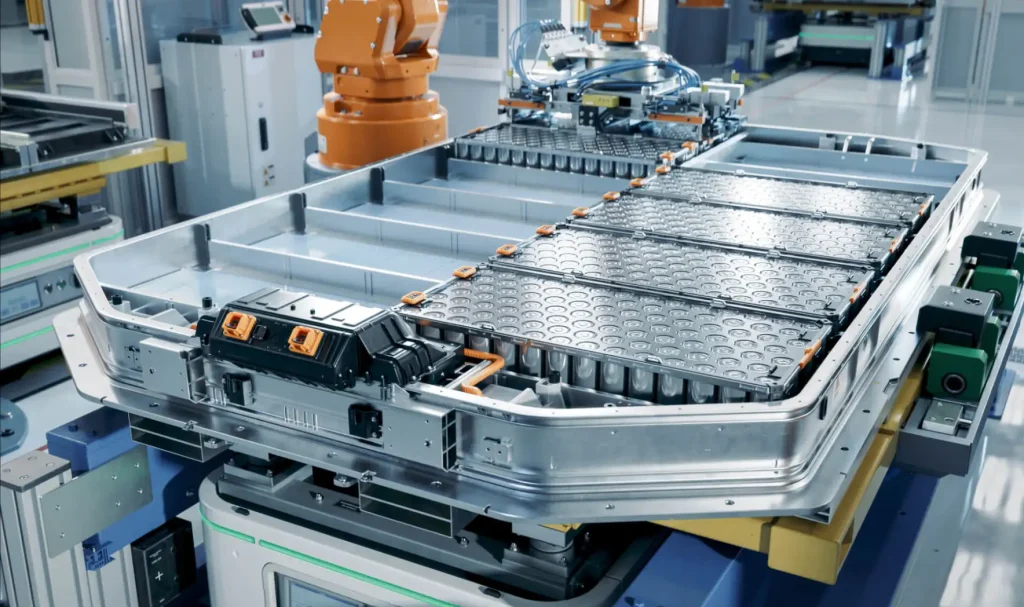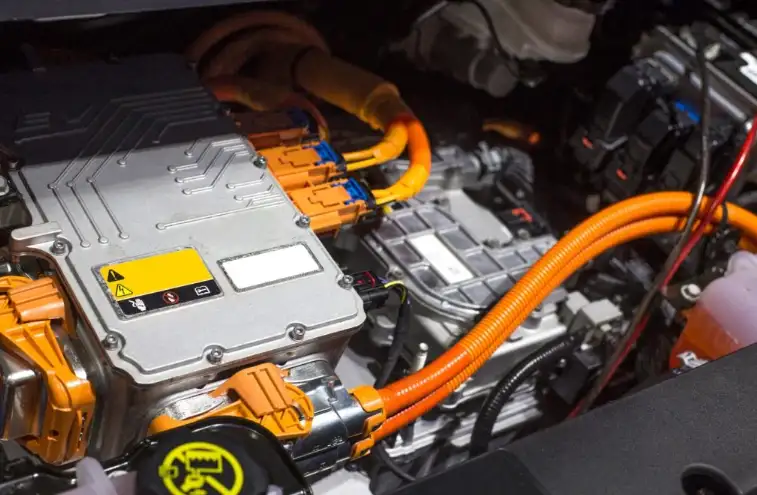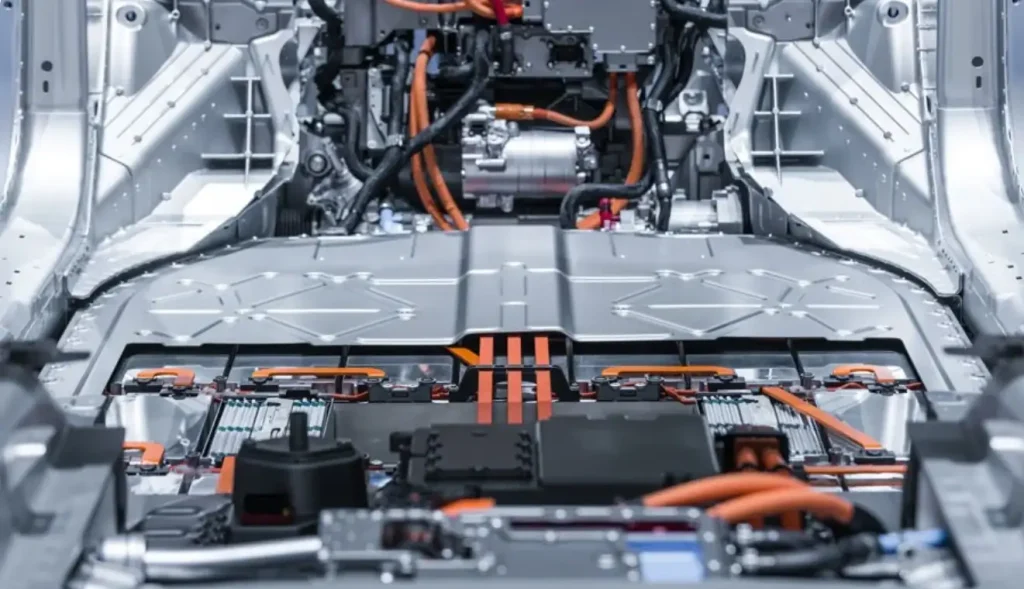Electric vehicles (EVs) are transforming transportation, but the battery remains the system’s most valuable — and most vulnerable — component. Understanding what accelerates battery degradation helps you protect range, reduce long-term cost, and preserve resale value.
Lithium-ion batteries wear out through two main processes: cycle aging (loss from repeated charge/discharge cycles) and calendar aging (capacity loss over time even when not used). Both are accelerated by high temperatures, high states of charge, high charging rates, and chemical stress inside the cells. Modern battery packs incorporate thermal management and Battery Management Systems (BMS) that mitigate many risks — but driver behaviour and environment still matter.

Image Source:https://www.daze.eu/en/blog/new-technology-battery-auto-electricity
1) Parking or operating in extreme heat
Why it kills: High ambient temperature speeds chemical side-reactions inside the cell, increasing internal resistance and permanently reducing capacity. Heat is one of the fastest accelerants of calendar aging.
How to avoid it: Whenever possible park in shade or a garage. Use scheduled climate control (many EVs let you pre-cool or pre-heat while plugged in) so the battery and cabin are conditioned without draining the pack. For fleet operators in hot climates, specify active thermal management and insulation in pack procurement.
2) Frequent DC fast-charging (especially at high power)
Why it kills: High-power fast charging forces high current into the cells, creating greater thermal and mechanical stress and accelerating degradation compared with slow AC charging. Repeated fast charges can shorten useful life, especially if used as the regular charging method.
How to avoid it: Reserve DC fast charging for long trips or emergencies. For daily top-ups use Level-2 AC charging at moderate power. If fast charging is unavoidable, try to avoid charging from a very low state to a very high state in a single session — shorter, more moderate fills are gentler.
3) Routinely charging to 100% (and keeping it there)
Why it kills: High state of charge (SOC) stresses battery chemistry and speeds calendar aging. Many automakers set factory defaults to limit charge to ~80–90% for daily use to balance range and longevity.
How to avoid it: Set daily charge limits to about 80% for normal use and charge to 100% only when you need maximum range for a trip. Some EVs provide “long-trip” or “max charge” modes; use these sparingly.

4) Letting the battery sit at low SOC for long periods
Why it kills: Deep discharge and very low SOC for long durations can cause chemical changes that reduce capacity; combined with temperature stress, this speeds deterioration.
How to avoid it: Aim to keep the battery between roughly 20% and 80% for long-term storage. If storing the vehicle for weeks or months, consult your EV manual for recommended storage SOC and ensure the car is parked in a moderate temperature environment.
5) Repeatedly cycling between shallow extremes (stop-start charging patterns)
Why it kills: Constant top-ups from very low to very high SOC, repeated many times per day, can add cumulative stress — particularly if combined with fast charging and high temperatures. Cycle count isn’t the only metric; how deep and how stressful each cycle is matters.
How to avoid it: For commuter use, a single overnight charge to a moderate SOC is healthier than multiple rapid top-ups. If you rely on workplace chargers, configure charge schedules where possible.
6) Driving aggressively (high power draw and frequent rapid acceleration)
Why it kills: High discharge rates generate heat and can increase the cell’s effective wear per kilometer. High-power driving contributes to faster cycle aging.
How to avoid it: Use eco modes, avoid repeated full-throttle accelerations, and adopt smooth driving habits. Regenerative braking can return energy efficiently, but very aggressive regenerative settings may also stress the system if they create abrupt thermal swings — choose moderate regen in hot or cold extremes.
7) Ignoring preconditioning before charging in cold weather
Why it kills: Charging a cold battery (especially at high power) increases internal resistance and can cause lithium plating, which permanently reduces capacity. Preconditioning warms the pack to the optimal temperature window prior to fast charging.
How to avoid it: If your EV supports battery preconditioning, use it before using a DC fast charger in cold weather. Where possible, charge at home or in a warm garage.
8) Poor thermal management in the vehicle or battery pack
Why it kills: Inadequate cooling/heating for the pack allows local hotspots, uneven cell ageing, and higher average cell temperatures — all of which accelerate degradation. High-quality packs integrate active thermal control to protect cells across duty cycles.
How to avoid it: When purchasing, prioritize packs with active liquid cooling or robust air cooling and a proven BMS. For existing vehicles, avoid heavily loading the car on very hot days and minimize heavy towing or continuous steep hill climbs that generate pack heat.
9) Long periods of inactivity without top-up (calendar aging + parasitic drain)
Why it kills: Even sitting unused, batteries lose capacity over time; parasitic loads (alarms, telematics) slowly drain the pack and can push SOC into dangerous low ranges if left unchecked. Calendar aging proceeds faster at higher temperatures.
How to avoid it: If you’ll be away from the vehicle for an extended period, leave it plugged in to maintain a stable SOC and enable any storage modes the vehicle offers. Check for firmware features that automatically manage parasitic drains.
10) Using low-quality chargers, cables, or ignoring firmware updates
Why it kills: Poorly designed chargers or out-of-date BMS firmware can permit suboptimal charging profiles, poor thermal control, or unsafe voltages — all of which can stress cells. Conversely, manufacturers deliver firmware updates that refine charging curves and thermal management to extend pack life.
How to avoid it: Use certified chargers and cables that comply with your vehicle’s specs. Keep vehicle and charger firmware up to date. When installing home chargers, use reputable installers and equipment rated for the pack’s maximum current.

Image Source:https://www.batterytechonline.com/ev-batteries/understanding-ev-battery-vents
Practical checklist — what to do next
- Set your daily charging limit to ~80%.
- Prefer Level-2 charging for routine top-ups; use DC fast chargers only when needed.
- Park in shade/garage; precondition the cabin while plugged in.
- Avoid sustained high-power driving and aggressive acceleration.
- Enable manufacturer storage modes and keep firmware updated.
- If you operate a fleet, require thermal management and BMS telemetry in procurement.
Final note on warranties and real-world aging
Most major automakers and tier-one pack suppliers design packs to retain a useful capacity for many years, and warranties typically guarantee a minimum capacity (commonly ~70% for 8 years/100,000 miles, although terms vary). Real-world degradation is influenced by the mix of the factors above; sensible charging and thermal habits make the biggest practical difference to how fast capacity fades.
LEAPENERGY — battery packs engineered for longevity
At LEAPENERGY we build EV battery packs with longevity and real-world duty cycles in mind. Our packs combine precision cell selection, robust BMS algorithms, and active thermal management designed to limit the exact stresses outlined above — from high-power DC charging to extreme temperatures. If you want a battery pack that balances range, power and lifecycle economics, explore our EV battery pack solutions and technical datasheets at LEAPENERGY. Contact our sales engineers for a lifecycle-focused configuration that matches your vehicle use case.